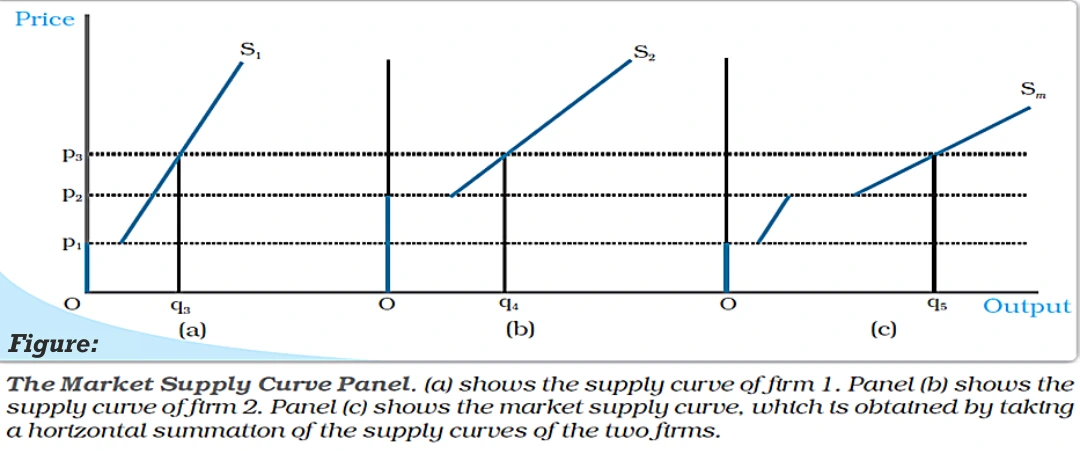![]() 2 Dec 2023
2 Dec 2023
A firm’s supply curve is fundamentally linked to its marginal cost curve, implying that factors affecting the marginal cost curve will, in turn, influence the supply curve.


The market supply curve illustrates the aggregate output levels produced by firms in a market against different values of market price, with output levels on the x-axis and market prices on the y-axis.



![]()

<div class="new-fform">
</div>